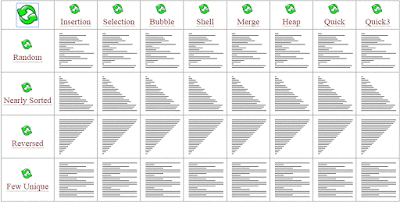#include <bits/stdc++.h>
using namespace std;
vector<string> split_string(string);
// recursive
int count(vector<int> &coins, int m, int n) {
if (n == 0)
return 1;
if (n < 0)
return 0;
if (m <= 0 && n >= 1)
return 0;
return count(coins, m-1, n) + count(coins, m, n-coins[m-1]);
}
// recursive with memoization
unsigned long dp[51][251];// global array initialized to 0
unsigned long countDP1(vector<int> & coins, int i, int n)
{
if(n == 0)
return 1; //no coins
if(n < 0)
return 0; //no negative money
if(i == coins.size()) //no more options of coins
return 0;
if(dp[i][n]!=0)
return dp[i][n];
//leave it or take it
return dp[i][n] = countDP1(coins,i+1, n) + countDP1(coins,i, n-coins[i]);
}
//loop with 2D memoization space O(n*m) time O(n*m)
unsigned long countDP2(vector<int> &coins, int m, int n )
{
int i, j;
unsigned long table[n + 1][m], x, y;
for (i = 0; i < m; i++)
table[0][i] = 1;
for (i = 1; i < n + 1; i++)
{
for (j = 0; j < m; j++)
{
// Count of solutions including coins[j]
x = (i-coins[j] >= 0) ? table[i - coins[j]][j] : 0;
// Count of solutions excluding coins[j]
y = (j >= 1) ? table[i][j - 1] : 0;
// total count
table[i][j] = x + y;
}
}
return table[n][m - 1];
}
// loop with 1D memoization space O(n) time O(n*m)
unsigned long countDP( vector<int> &coins, int m, int n )
{
unsigned long table[n + 1];
memset(table, 0, sizeof(table));
table[0] = 1;
for(int i=0; i< m; i++)
for(int j=coins[i]; j <= n; j++)
table[j] += table[j-coins[i]];
return table[n];
}
// Complete the ways function below.
unsigned long ways(int n, vector<int> coins) {
return countDP(coins, coins.size(), n);
//return countDP1(coins, 0, n);
}
int main()
{
ofstream fout(getenv("OUTPUT_PATH"));
string nm_temp;
getline(cin, nm_temp);
vector<string> nm = split_string(nm_temp);
int n = stoi(nm[0]);
int m = stoi(nm[1]);
string coins_temp_temp;
getline(cin, coins_temp_temp);
vector<string> coins_temp = split_string(coins_temp_temp);
vector<int> coins(m);
for (int i = 0; i < m; i++) {
int coins_item = stoi(coins_temp[i]);
coins[i] = coins_item;
}
unsigned long res = ways(n, coins);
fout << res << "\n";
fout.close();
return 0;
}
vector<string> split_string(string input_string) {
string::iterator new_end = unique(input_string.begin(), input_string.end(), [] (const char &x, const char &y) {
return x == y and x == ' ';
});
input_string.erase(new_end, input_string.end());
while (input_string[input_string.length() - 1] == ' ') {
input_string.pop_back();
}
vector<string> splits;
char delimiter = ' ';
size_t i = 0;
size_t pos = input_string.find(delimiter);
while (pos != string::npos) {
splits.push_back(input_string.substr(i, pos - i));
i = pos + 1;
pos = input_string.find(delimiter, i);
}
splits.push_back(input_string.substr(i, min(pos, input_string.length()) - i + 1));
return splits;
}
